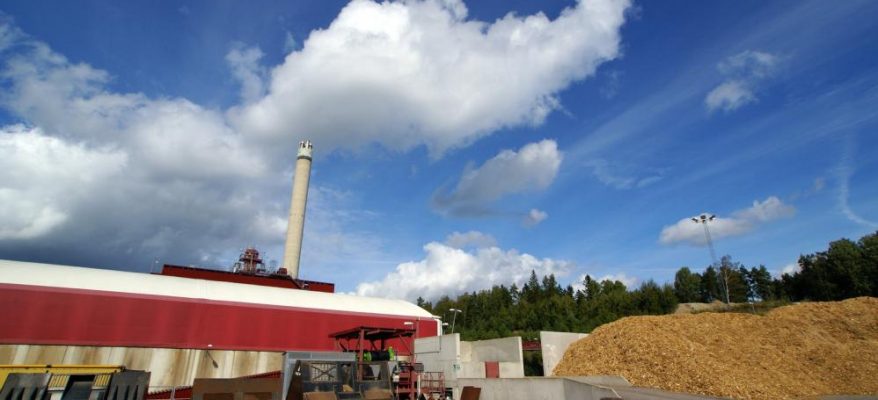A Beginner’s Guide to Biogas
This anaerobic process of organic matter decomposition happens all around us in nature. It’s been there since the inception; however, the human use of biogas dates back to the 18th century, when the first major anaerobic digestion plant to convert sewage into biogas was created. Over the years, plants have evolved with technology.
What is biogas?
Biogas is the type of biofuel produced by the breakdown of organic waste in the absence of oxygen. The organic matter can include raw materials like animal manure, agricultural waste, food waste, municipal waste, sewage, green waste, and more.
When organic waste is broken down in an anaerobic environment, they release a mixture of gases primarily consisting of methane (CH4) and carbon dioxide (CO2), which is referred to as biogas.

The Process
The biogas generation process is called anaerobic as the decomposition process takes place in the environment with no oxygen. Due to large quantities of CH4, biogas is flammable, and hence, produces a deep blue flame.
Environmental Impact
Biogas serves as an environmentally friendly source of energy because it reduces the global waste epidemic due to the large quantity of methane gas released in the environment and minimizes the need for energy generation from fossil fuels.
Using the anaerobic process, organic matter is converted into energy, which is a productive way to recycle waste material, which otherwise would end up in landfills. It also eliminates the need for using toxic chemicals in treatment plans to get rid of waste, which saves money and resources.
Methane gas has greater heat-trapping capabilities than CO2 so recycling carbon based materials like food waste can minimize global warming impacts by up to tenfold. (SOURCE?)
Anaerobic Digesters
Anaerobic digesters are the systems that convert organic waste material into biogas, thereby preventing methane gas release into the atmosphere. The energy generated from anaerobic digesters can be used to minimize reliance on the conventional sources of energy like fossil fuels.
Combined with solar power, it can be sufficient to completely abolish the need to generate energy through fossil fuels, especially for small establishments, like dairy farms.
If you’re looking for anaerobic digester solutions in New York, get in touch with Larsen Engineers today. Our professionals provide specialized services and take care of all the work, including analysis, design, funding, implementation & management, to help clients take advantage of biogas. Contact us at (585)-272-7310 to get started.
ALSO READ: Anaerobic Digestion: Biogas, Biomethane and Solid Waste Management

